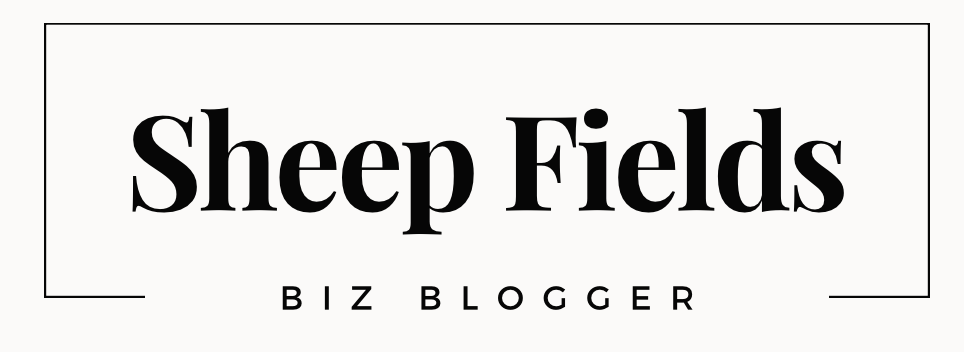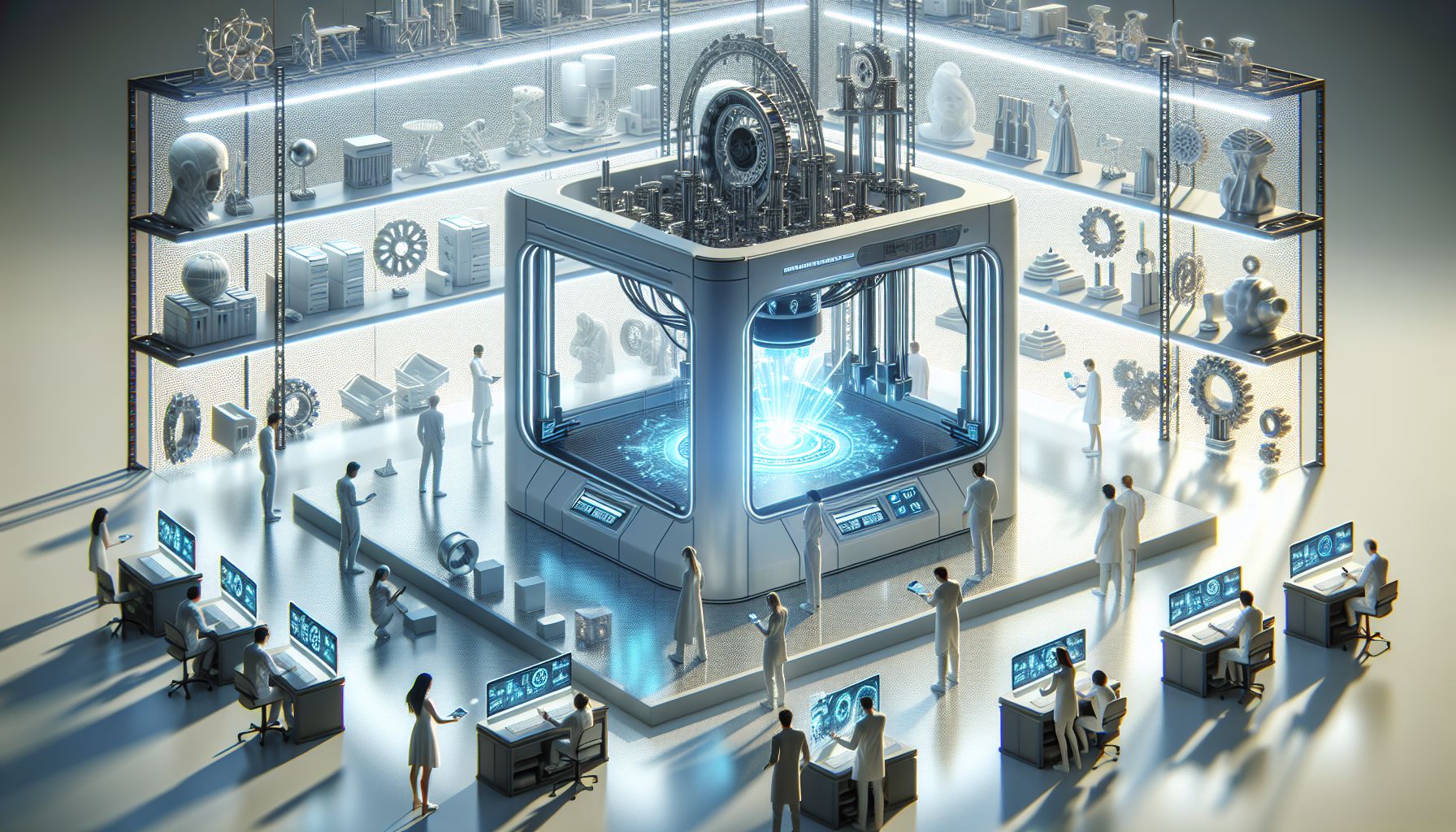The printing industry has been going through significant changes in recent years, driven by technological advancements, changing consumer preferences, and global market trends. As we move further into the digital age, it’s important for businesses in the printing industry to stay ahead of the curve and adapt to these evolving trends to remain competitive and relevant in the market. In this article, we will explore some of the key trends shaping the future of the printing industry and how businesses can prepare for these changes.
Digital Transformation
One of the most prominent trends in the printing industry is the shift towards digital printing technologies. Digital printing offers several advantages over traditional offset printing, including faster turnaround times, lower costs for short print runs, and the ability to personalize content. As a result, more and more businesses are investing in digital printing equipment to meet the growing demand for customized and on-demand printing solutions.
Additionally, advancements in digital printing technology, such as high-speed inkjet printers and UV printers, have made it possible to print on a wider range of substrates and achieve higher print quality than ever before. This has opened up new opportunities for businesses in industries such as packaging, textiles, and signage to offer innovative and creative printing solutions to their customers.
Sustainability and Eco-Friendly Printing
Another important trend in the printing industry is the growing emphasis on sustainability and eco-friendly printing practices. Consumers are becoming increasingly conscious of the environmental impact of their purchasing decisions, leading businesses to prioritize sustainable printing solutions to reduce waste and carbon emissions.
In response to this trend, many printing companies are adopting eco-friendly practices such as using recycled paper, vegetable-based inks, and energy-efficient printing equipment. Additionally, some companies are investing in carbon offset programs to offset the environmental impact of their printing operations. By embracing sustainable printing practices, businesses can not only reduce their environmental footprint but also appeal to eco-conscious consumers and gain a competitive edge in the market.
3D Printing and Additive Manufacturing
3D printing, also known as additive manufacturing, is another trend that is revolutionizing the printing industry. 3D printing technology allows businesses to create three-dimensional objects layer by layer, offering endless possibilities for innovation and customization. From prototyping and product development to custom manufacturing and on-demand production, 3D printing has the potential to disrupt traditional manufacturing processes and create new business opportunities.
In recent years, advancements in 3D printing technology have made it more accessible and affordable for businesses of all sizes. As a result, we are seeing a growing number of companies incorporating 3D printing into their operations to streamline production processes, reduce costs, and offer unique products and services to their customers. With the continued development of 3D printing technologies, we can expect to see even greater adoption of this innovative printing method across a wide range of industries.
Industry Consolidation and Mergers
As the printing industry undergoes rapid evolution, we are seeing a trend towards industry consolidation and mergers. Many printing companies are joining forces to pool resources, expand their market reach, and stay competitive in an increasingly crowded market. By merging with or acquiring other companies, businesses in the printing industry can benefit from economies of scale, access new technologies and capabilities, and diversify their product offerings to meet the changing needs of their customers.
Industry consolidation also allows printing companies to streamline operations, reduce overhead costs, and improve efficiency, ultimately leading to higher profitability and sustainability in the long run. As the printing industry continues to evolve, we can expect to see more mergers and acquisitions as businesses seek to solidify their position in the market and capitalize on new growth opportunities.
Conclusion
The printing industry is undergoing significant transformation driven by technological advancements, changing consumer preferences, and global market trends. Businesses in the printing industry must stay ahead of these evolving trends to remain competitive and relevant in the market. By embracing digital printing technologies, prioritizing sustainability and eco-friendly practices, harnessing the power of 3D printing and additive manufacturing, and exploring opportunities for industry consolidation and mergers, printing companies can position themselves for success in the future.
As we look to the future of printing, it’s clear that the industry is ripe with opportunities for innovation, growth, and adaptation. By staying informed about the latest trends and technologies shaping the printing industry, businesses can position themselves as industry leaders and pioneers, driving growth and success in an ever-changing market landscape. The future of printing is bright, and by embracing these trends, businesses can unlock new possibilities and create new value for their customers and stakeholders.

